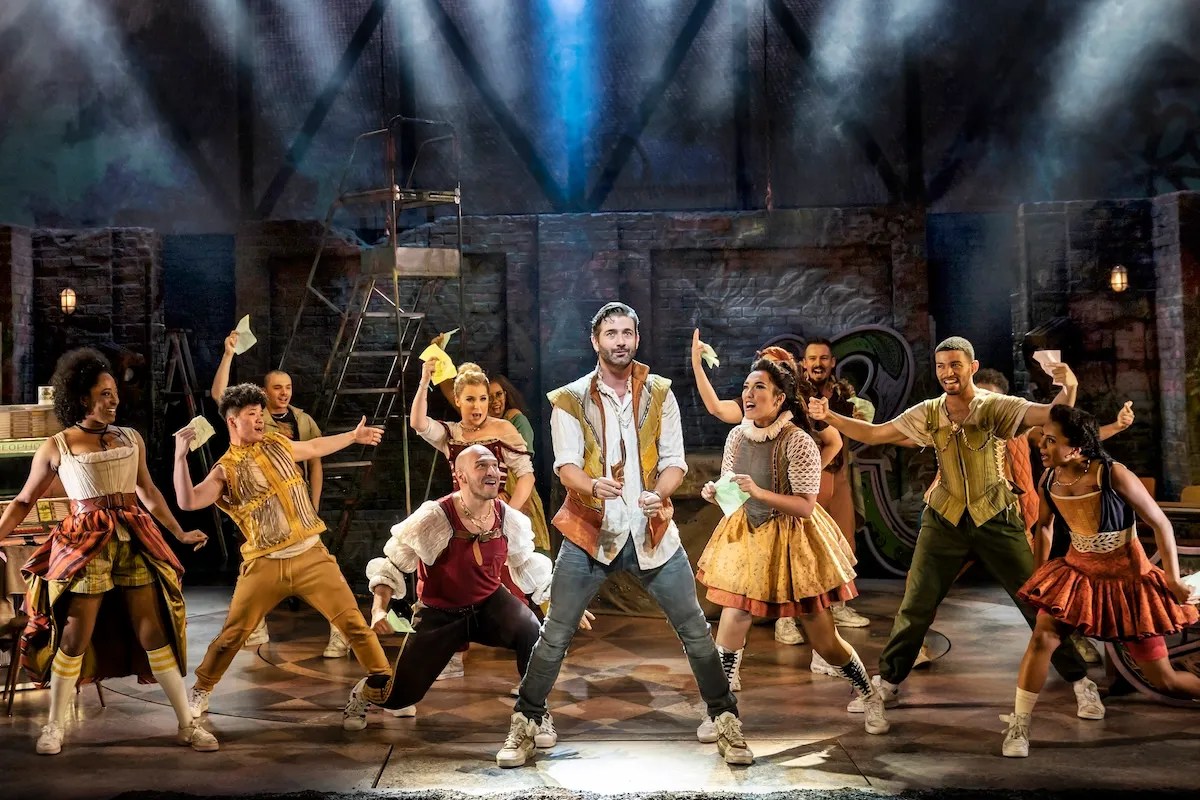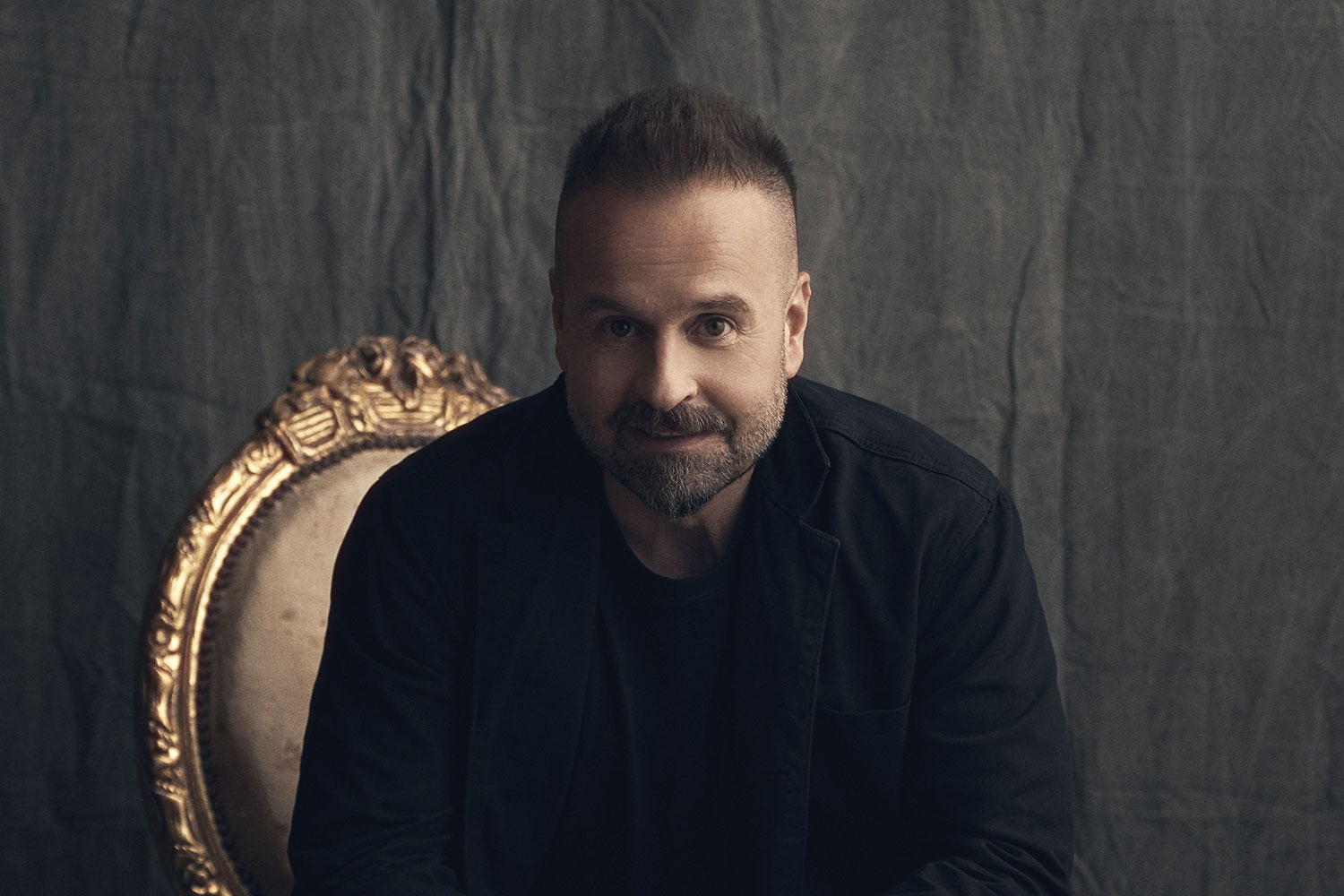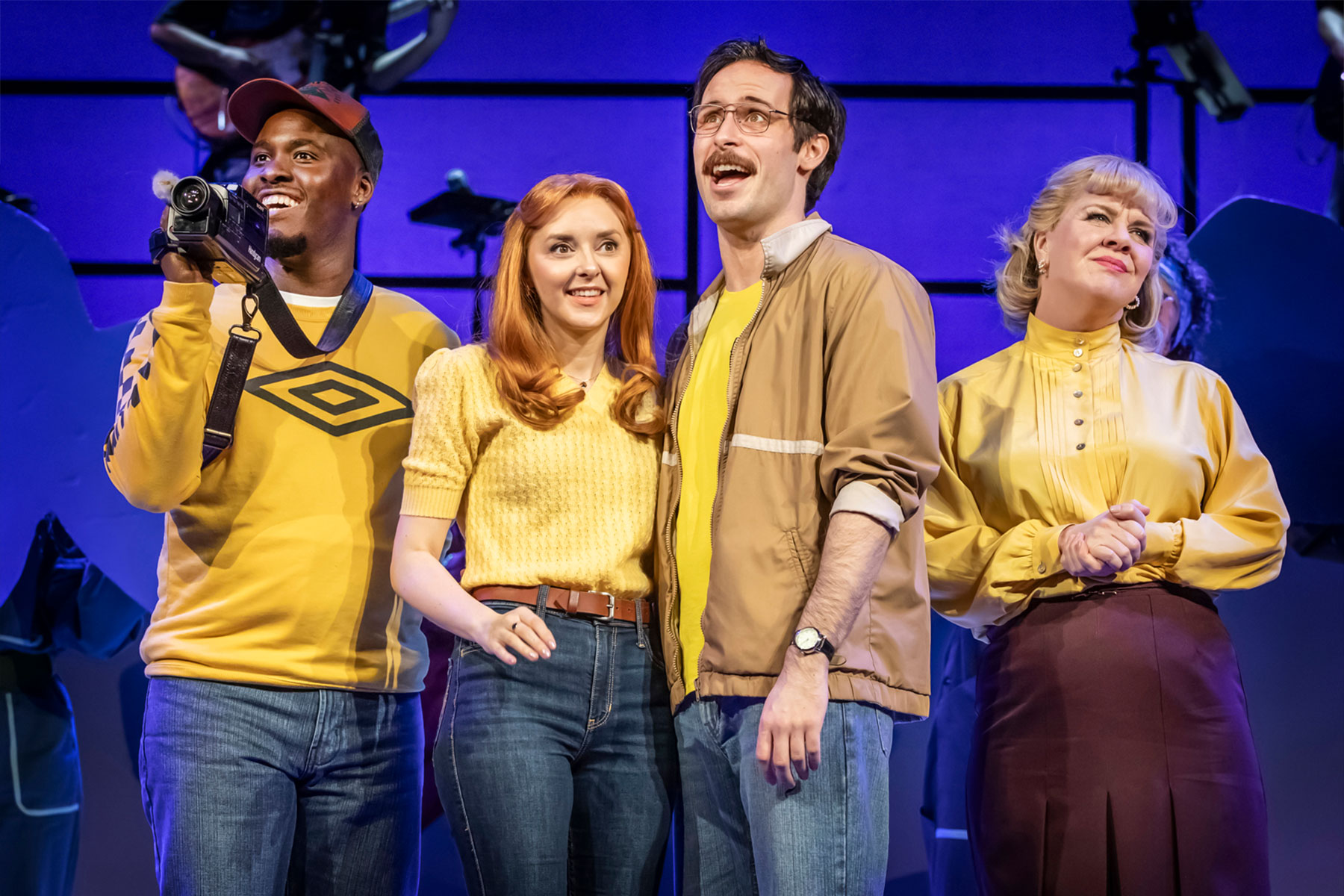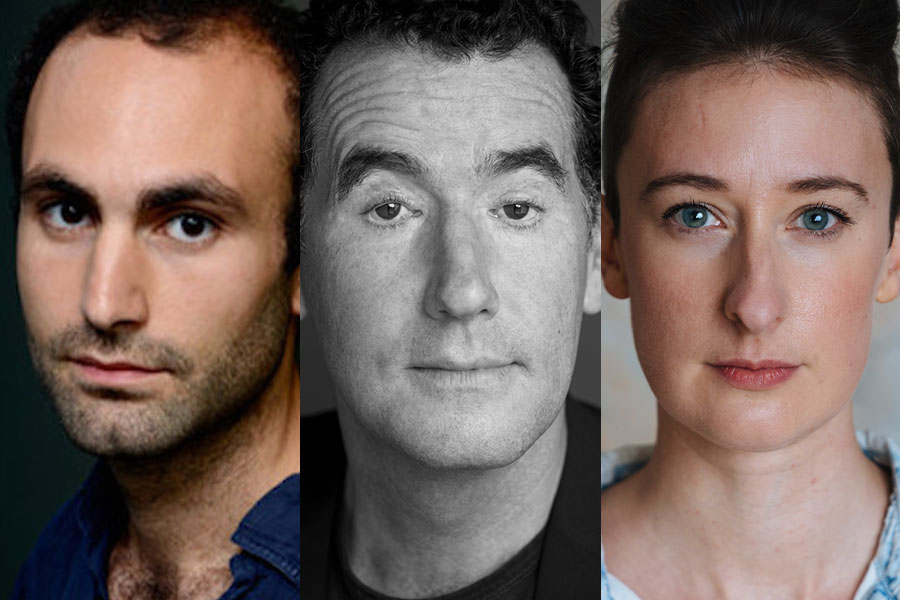Hamlet (Leeds)
I gave Conrad Nelson’s production of Hamlet for Northern Broadsides a three-star review at the Stephen Joseph Theatre a month ago, commenting that “Northern Broadsides play such a variety of theatres that I am always tempted to pay a second visit to see what can be almost a different production.” This sparked a decision to see how far this comment was true by reviewing the production at West Yorkshire Playhouse.
The performances at Leeds, by and large, confirm my impressions from Scarborough. Central to the production are two outstanding performances by Fine Time Fontayne (Claudius) and Becky Hindley (Gertrude). In the larger theatre Fontayne’s Claudius is less confiding than at Scarborough, able to dominate by the simplest of means. Hindley is the most emotionally committed, least guilty, of Gertrudes. Claudius is evil, of course, but one feels that life at Elsinore was pretty good for most people until his nuisance of a nephew started interfering. The relationship with Ophelia (Natalie Dew) is established with unusual clarity, Claudius’ role as her piano accompanist spanning the good times and a particularly poignant mad scene.
I still find the production makes too little of the glorious range of sizeable supporting roles that Hamlet offers. There is less stiffness, more animation, than at Scarborough, but these are competent, not memorable performances. At the miscellaneous end of the cast-list Phil Corbitt, Andy Cryer and Andrew Price are excellent, giving us, among other things, a fine Ghost in the uniform of an admiral of the fleet, a preening Osric and splendid renderings of the Players and the Gravediggers.
And that leaves Hamlet. Nicholas Shaw has either improved since Scarborough or finds the West Yorkshire Playhouse more congenial. There he has space to race around and be the opposite of the melancholy meditative, the gloomy man in black, of tradition. This Prince gets very annoyed, is easily amused, acts mad in a comically juvenile way, would not seriously consider ending it all. Clearer enunciation would help (Conrad Nelson expects delivery at high speed), but this is a Hamlet who serves the ensemble extremely well.
If performances make a similar effect to my previous visit, the production sits more easily in the open spaces of the Quarry stage. Lis Evans’ blocks and ramps (with built-in grave and piano) no longer huddle together and the opening scene, with a lone piper on battlements bleakly lit by David Phillips, is far more evocative than when Marcellus and Barnardo had to find room half-way up the Stephen Joseph aisle.
The production’s 1940s setting seems to add little to the main text, but aids in two of the most imaginative scenes: Ophelia’s swing version of “St. Valentine’s Day” and the brilliant little cameo of the Play Scene – from Mack Sennett to Brief Encounter! However, I remain unconvinced that a female Fortinbras is a good idea just because of growing political power for women after the war.










